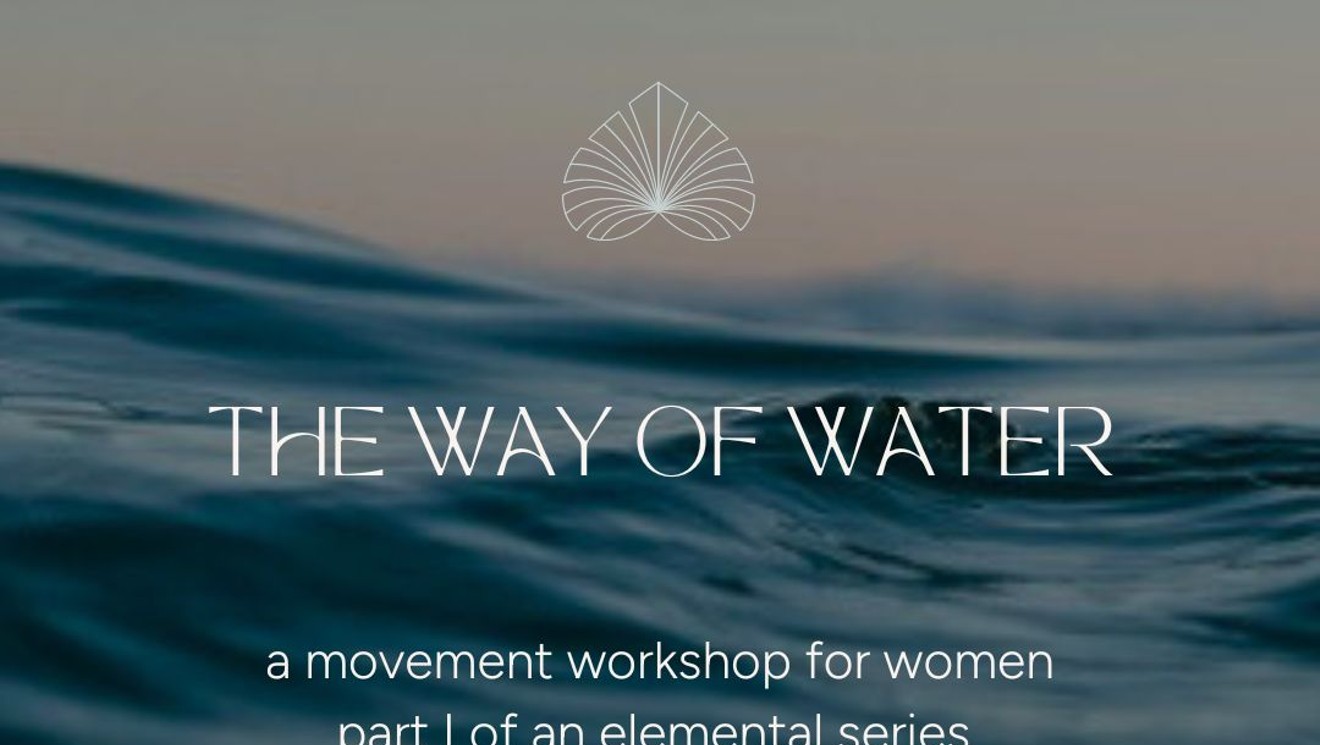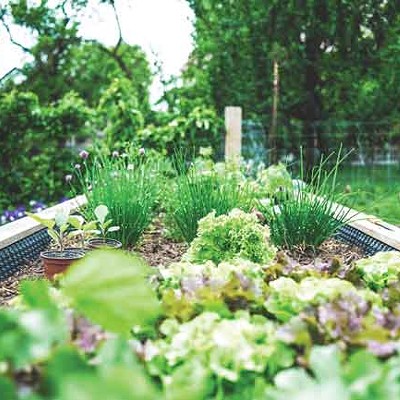Many people in Bend are helping to curb the drastic decline of pollinators in the world by planting pollinator gardens in private and public spaces. Let's do it! You can create a larger space or have pots of flowers on your deck. With some planning, you can attract those wonderful, beneficial creatures such as bees and butterflies, hummingbirds and moths.
The City of Bend has as part of its 2021-2023 goals to "Preserve Bend's natural environment." The City aims to continue to nurture native plants, pollinators and will continue to improve and assist environmental practices including water-wise landscaping. Pollinator gardens are perfect for incorporating native plants that naturally use less water in dry Central Oregon.
Why native pollinator plants? Why drought proof?
Use as many native plants as possible. Native plants are well suited to meet the needs of native pollinator species. In fact, these creatures are actually dependent on them. Also, high desert plants evolved to be drought tolerant. They need less water to be happy. An average yard with high desert native plants uses only 1,669 gallons per year, while a similar normal turf lawn uses 15,000 gallons of water per year. Natives require less maintenance and tend to be heartier. A double plus!
Neonictinoids kill insects. (Avoid using if product names acetamiprid, clothianidin, imidacloprid, nitenpyram or dinotefuran.)—[Pullquote byline – where applicable]
tweet this
Pollinators thrive on flower nectar and pollen. Designate a section of your landscape strictly for a pollinator garden filled with a multitude of wildflowers and grasses, trees or shrubs. Seek out a site that receives at least six hours of sun each day. If your space is limited, consider growing in containers filled with rich, well-drained soil. Be sure to provide water sources for the pollinators (water bowls or birdbaths). Research pollinator varieties. Whether using native or non-native plants, choose from a wide range of flower shapes and sizes to suit the feeding preferences of a variety of pollinators. Pollinator Pathways Bend (see Facebook site) has developed many pollinator gardens in Bend. Last year they planted 2,000 plants and gave away thousands to help our habitat.

Creating a Good Pollinator Habitat 10 Principles for a Good Start
Creating a Good Pollinator Habitat 10 Principles for a Good Start
Seek a Diversity of Flower Shapes and Plant Families
Different insects are attracted to different types of flowers. Some bees have long tongues, some short tongues, thus needing different types of flowers. Butterflies and moths require plants for their caterpillars to feed. Appeal to the needs of pollinators through color, fragrance and flower form.
Ensure continuous bloom in each season.
Early spring flowering blooms: pollinators need early food. (ex.: Oregon Grape, Willow, Camas) Summer flowering: (ex.: Russian sage, catmint, Galardia, Globe Gilia). Early fall flowering: for migrating butterflies and late season pollinators. (ex: goldenrod, Rabbitbrush) References below.
Include Native plants
Some nursery plants are great for pollinators, but native pollinators prefer to forage from native plants. Ex.: bluefield gilia or Douglas' aster, blanket flower.
Plant single-petaled varieties of flowers
Double petaled nursery varieties are beautiful, but their breeding reduced the flower's pollen and amount of nectar. Pollinators can access more pollen produced in single- petaled plants.
Group pollinator plants in larger blocks
Use blocks 30 square feet or larger (if possible). Native bees are attracted to larger beds compared to smaller disconnected clumps.
Include bulbs, shrubs and trees
Pack pollen and nectar resources into your landscape design by also using these. See examples in the references below.
Extend Bloom time
Keep plants blooming longer by planting the right spots and deadheading flowers before they go to seed.
Create Bee Habitat
Have small areas of bare soil, as 70% of native bees nest in the ground. Make bee "hotels" using pithy stems, also holes drilled into wooden blocks.
Reduce or Eliminate Insecticide Use
Read labels! Neonictinoids kill insects. (Avoid using if product names acetamiprid, clothianidin, imidacloprid, nitenpyram or dinotefuran.) There are safe insecticide alternatives if you have aphids or borers in trees. Avoid problem-prone trees or shrubs that might need insecticides to stay healthy.
Ask for Bee-Safe Plants from your nurseries.
These are plants that have not been grown with bee-killing insecticides. Use pollinator friendly practices. Remember, if a bee comes in contact with these toxins, it goes back to its hive or ground space and contaminates these toxins onto others. Bees can forage up to a mile from their nest. The City of Bend as well as Bend Park and Recreation District have not been using these insecticides for years. We should follow suit. Never use pesticides or herbicides of any kind in or around the pollinator garden. Even organic pesticides can potentially be harmful to pollinators. Herbicides, too, can actually wipe out some of the most important food plants for pollinators.
Plant and Enjoy!























